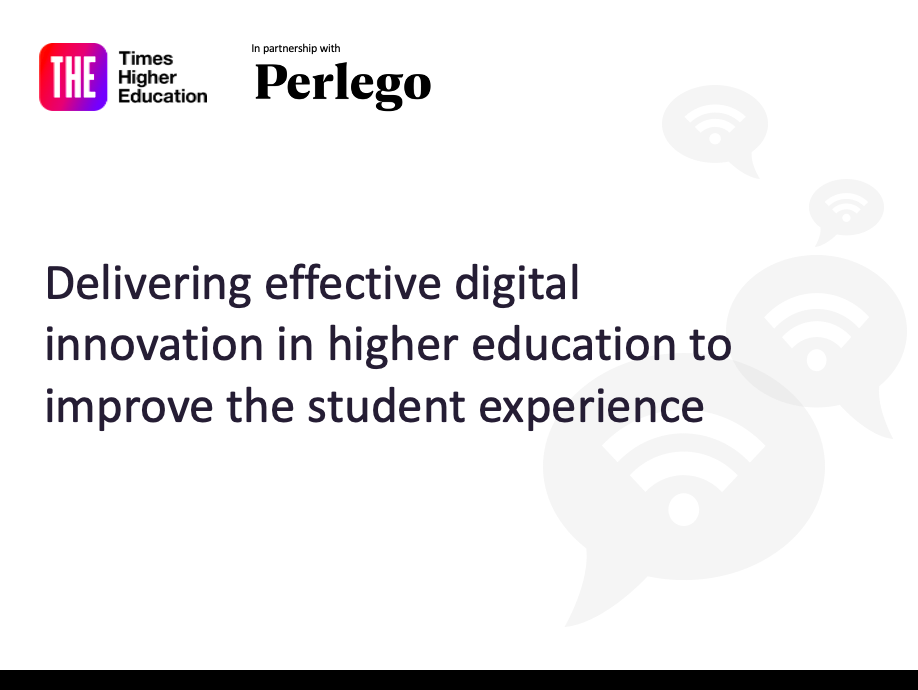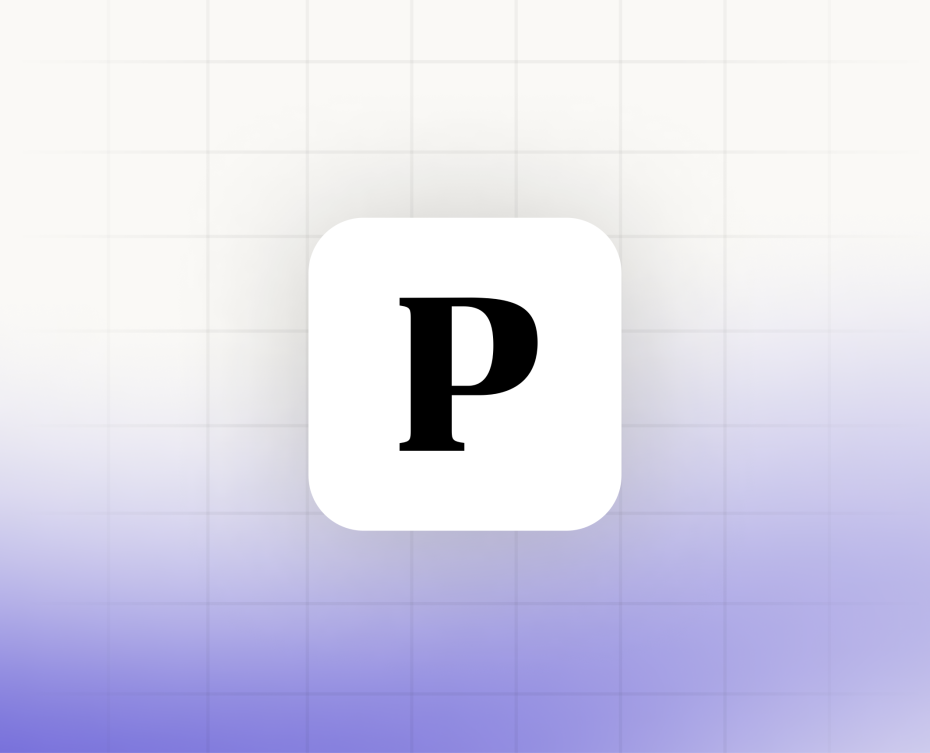Budget cuts and the volatile financial climate in the UK higher education sector pose significant hurdles for universities pursuing innovation in their learning processes.
Introducing new technological tools to shape student engagement and learning is an important aspect of driving digital transformation. However, to achieve this, institutions must stay at the forefront of technological advances and proactively leverage resources that can enhance the student experience.
A THE webinar – held in partnership with Perlego – discussed how institutions can choose the right technological tools to design dynamic and effective learning experiences for students and explore strategies for measuring the success of their digital initiatives.
“We have technology that is making a difference for people and is generating value for the students and helping faculty along the way,” said Graham Bell, director of digital education at Cranfield School of Management. Bell spoke about the need for flexibility and creativity in using resources and the potential for partnerships to develop innovative solutions against the backdrop of financial challenges in the sector.
Luke Pennington, regional sales lead at Perlego, explained that financial constraints often limit an institution’s ability to adopt new technologies. Pennington emphasised the benefits of modern technology and the role of data in demonstrating the value of digital tools.
The panellists discussed strategies for choosing the right technological tools in higher education. Bell said: “We have to be able to have conversations with students to understand what their expectations are and ensure that technological use is appropriate. It boils down to an alignment between what you’re trying to achieve as an organisation and what your students want.”
Bell highlighted engagement and user satisfaction as key metrics for measuring the efficacy of digital initiatives and tools. He emphasised the importance of creating a feedback loop with students and faculty to understand the impact of new technologies and ensure continuous improvement.
Pennington spoke about how AI is often equated to innovation in the current technological climate. “As a company, we want to be careful with how we implement it. Al can be a powerful and useful tool, but we don’t think it’s the magic bullet,” he said. “It has the power to widen participation. The way Perlego uses AI helps students discover more content and diversify the types of authors they’re reading. That is a really powerful next step for students.”
“As a company, how we can best support students is by giving them the knowledge that they’re looking for as and when they need it,” said Pennington. For example, one of the issues that Perlego identified is users’ difficulty in navigating its portfolio of 1.3 million books, which made signposting or surfacing the most relevant content for students a challenge for educators and librarians.
To address this, Perlego launched an AI-based feature on the platform called Smart Search, which enables students to use a simple question to discover relevant academic sources. “We want to maintain pedagogic value when it comes to the tools that we release,” Pennington concluded.
The panel:
- Graham Bell, director of digital education, Cranfield School of Management
- Luke Pennington, regional sales lead, Perlego
- Sreethu Sajeev, branded content deputy editor, THE (chair)
Watch the webinar on demand above or on theTHE Connect YouTube channel.
Find out more about Perlego.


comment